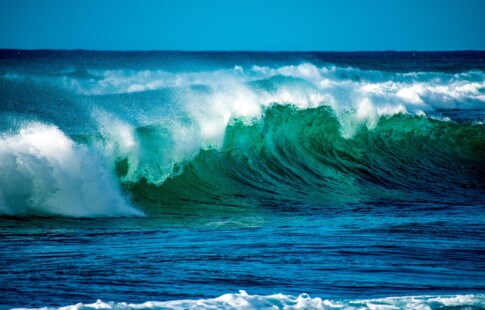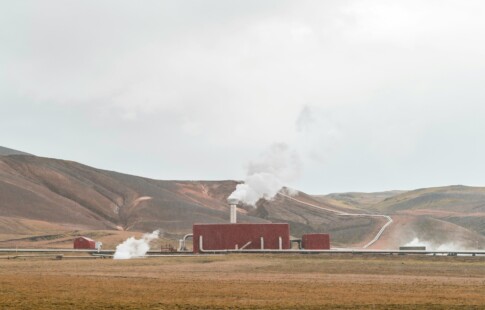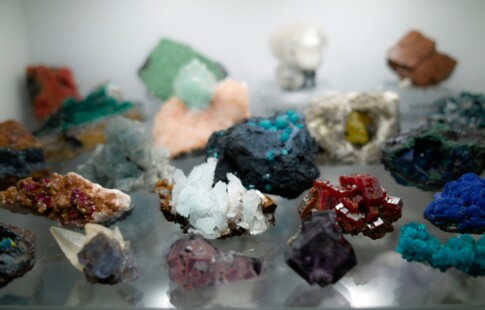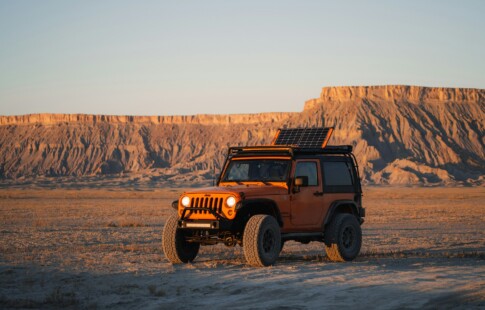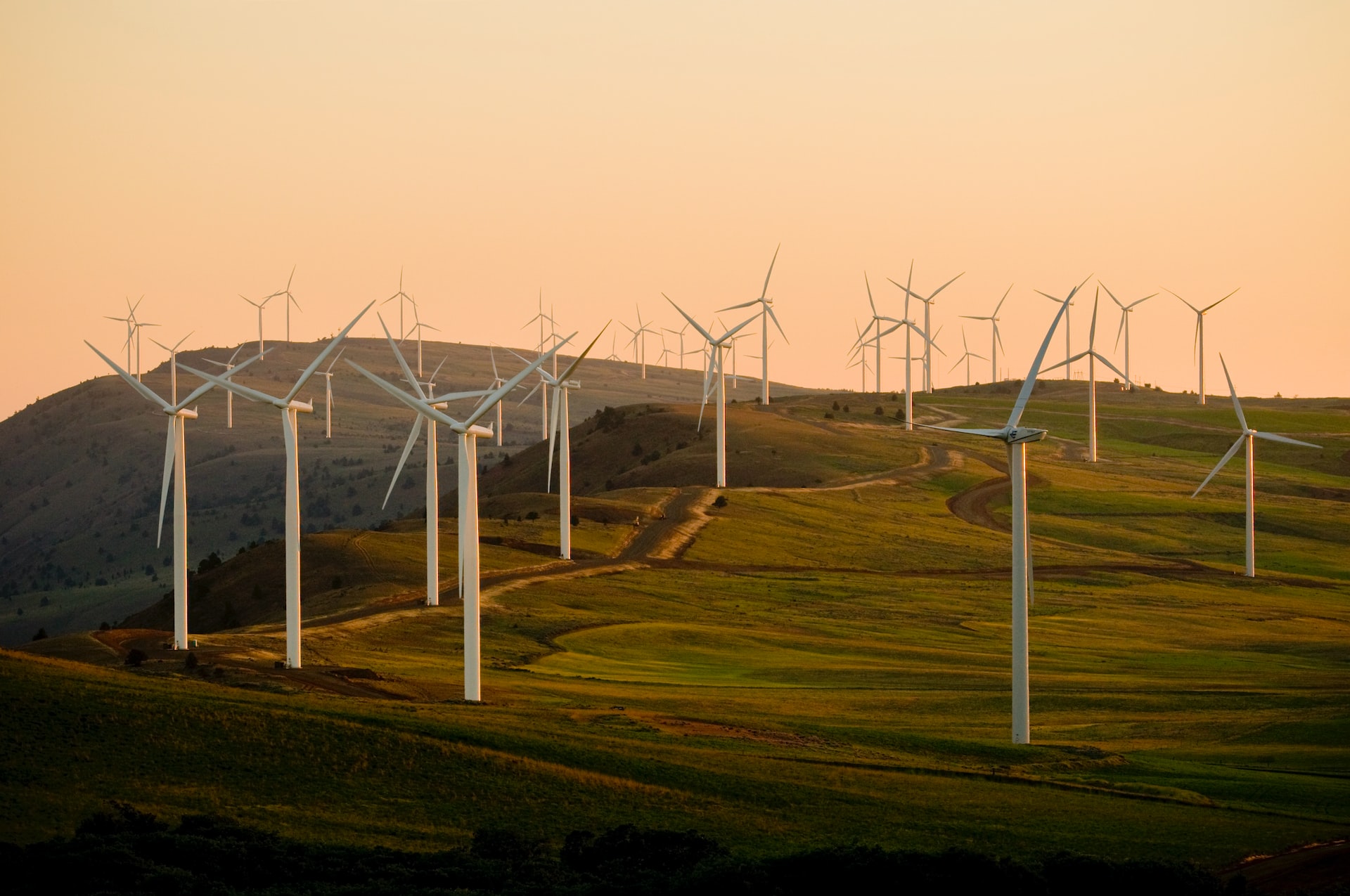
What Are the Best Fracking Alternatives?
We are reader-supported. When you buy through links on our site, we may earn affiliate commission.
The world is moving toward renewable energy sources. These power sources have started to replace fossil fuels as the effects of climate change become apparent. Though, fossil fuels likely won’t be going away anytime soon. Fracking is one of the primary ways to get oil and natural gas from the earth. It’s a significant industry in many parts of the United States and the rest of the world. So, what goes into this process, and why do many people want to see fracking alternatives take over?
What Is Fracking?
Fracking is extracting oil and gas from shale rocks beneath the earth’s surface. These rocks are difficult to reach, so companies must dig a well one or two miles deep into the ground. Usually, extractors will create a mixture of sand, water and chemicals to fracture the shale rock, so that’s how you get the name fracking.
Fracking entails breaking shale rocks apart. These rocks are a target for extractors because you can trap the natural gas inside them through their small pockets. From there, the sand and chemical mixture goes into the rock, and the gas flows upward to the surface where the company collects it.
This modern-day fracking process has taken place in the United States since the 1940s, but the origins go back as far as the American Civil War of the 1860s. Soldiers found that they could manipulate spots known to have oil and use their explosive artillery. Edward Roberts created a method where he could insert a torpedo into an artesian well as close to the oil as possible. They exploded the weapon by connecting it with a wire and filling the well with water.
Where Does Fracking Take Place?
As mentioned above, the modern-day fracking process has been taking place since around 1947. After World War II, the United States used fracking as a geopolitical tool to combat the Soviet Union as the two nations began the Cold War. Fast forward to the 21st century, and fracking occurs in over 30 states in the United States. Most notably, it happens in North Dakota, Pennsylvania and Texas. A boom could come soon in states like California, leading environmentalists to call for fracking alternatives.
Fracking became a regular practice in the late 20th century and early 21st century. But, countries have started to ban the practice as protestors have called for fracking alternatives due to its adverse environmental effects. You can see fracking most prevalent in the United States, China and Canada. Though, individual states and provinces within the U.S. and Canada have banned the practice.
In the past few decades, some countries have placed a moratorium on fracking due to environmental concerns. For example, France is one of the leading European nations in sustainability efforts. The nation banned fracking in 2011 as a preventative measure because of environmental hazards. Ireland, the Netherlands, Tunisia and United Kingdom are primary examples of countries that have paused, banned or are phasing out fracking.
What Are the Downfalls of Fracking?
Fracking is a significant part of the economy in states like Pennsylvania, where it’s a hot-button issue in state politics. It has economic benefits, but the practice brings controversy, leading protestors worldwide to call for fracking alternatives.
One of the primary concerns of fracking is how much water the process uses. Water is a renewable resource, but places like the American Southwest face shortages, especially during summer. Fracking a single well can use between 1.5 and 10 million gallons of water, depending on the type of rock and well. Climate change isn’t doing any favors, as drinking water has become more scarce in some areas where fracking occurs.
Another significant concern for environmentalists is the pollution fracking produces. Initially, some experts believed fracking was a cleaner energy source than coal and petroleum. However, it looks like fracking could be worse than the others. One of the biggest downfalls of fracking is the high amount of methane it releases into the atmosphere. Methane heats the atmosphere, causing problems like global warming and rising ocean temperatures.
Air pollution also negatively affects the community around the fracking wells. This extraction practice emits volatile organic compounds (VOCs) into the air, causing harm to humans and wildlife due to their toxicity. Exposure to VOCs can lead to cancer, asthma, skin damage, nervous system damage and other serious health problems.
Fracking often leads people to move out of their communities because of the health risks. However, leaving isn’t always possible. Fracking typically occurs in rural areas with higher poverty rates because more land is available at a lower price. So, the residents of these areas shoulder the burden of fracking and its environmental detriments.
What Fracking Alternatives Are Best?
Fracking is an effective way to extract fuel from the earth, but it has disadvantages that lead environmentalists to call for fracking alternatives. The first method still conducts fracking but in a cleaner way that requires no water or chemicals. This process uses plasma pulse technology because regular fracking contaminates and depletes water supplies.
Extractors with plasma pulse technology would use an electrical discharge to create a high-pressure plasma pulse. This process allows oil to arrive easily into the well. It elevates fracking production at a lower monetary and environmental cost. Companies use plasma pulse technology on smaller wells but could move to larger ones if they continue to see positive results.
There are ways to make the process more environmentally friendly, but does it help enough? Some experts say fracking alternatives like wind and solar power are more economically and ecologically efficient. Wind and solar power costs are much lower because of how you source them. Also, they don’t bring the harmful effects fracking can bring.
Moving to Greener Pastures
Fracking and oil and gas production in its entirety have become embedded in the American economy. Phasing it out will take years or decades to complete, but climate change may force people to switch sooner to fracking alternatives like wind and solar. In the short term, alternative processes like plasma pulse technology could make the process more efficient.
Share on
Like what you read? Join other Environment.co readers!
Get the latest updates on our planet by subscribing to the Environment.co newsletter!
About the author
Grace Waters
Always inspired by the natural world around her, Grace grew up exploring tide pools and hiking mountain trails, developing a deep appreciation for biodiversity and conservation. Now, Grace works as the Senior Editor of Environment.co where she covers topics related to emerging clean technologies, zero-waste initiatives, and the intersection of environmental policy and everyday living.
